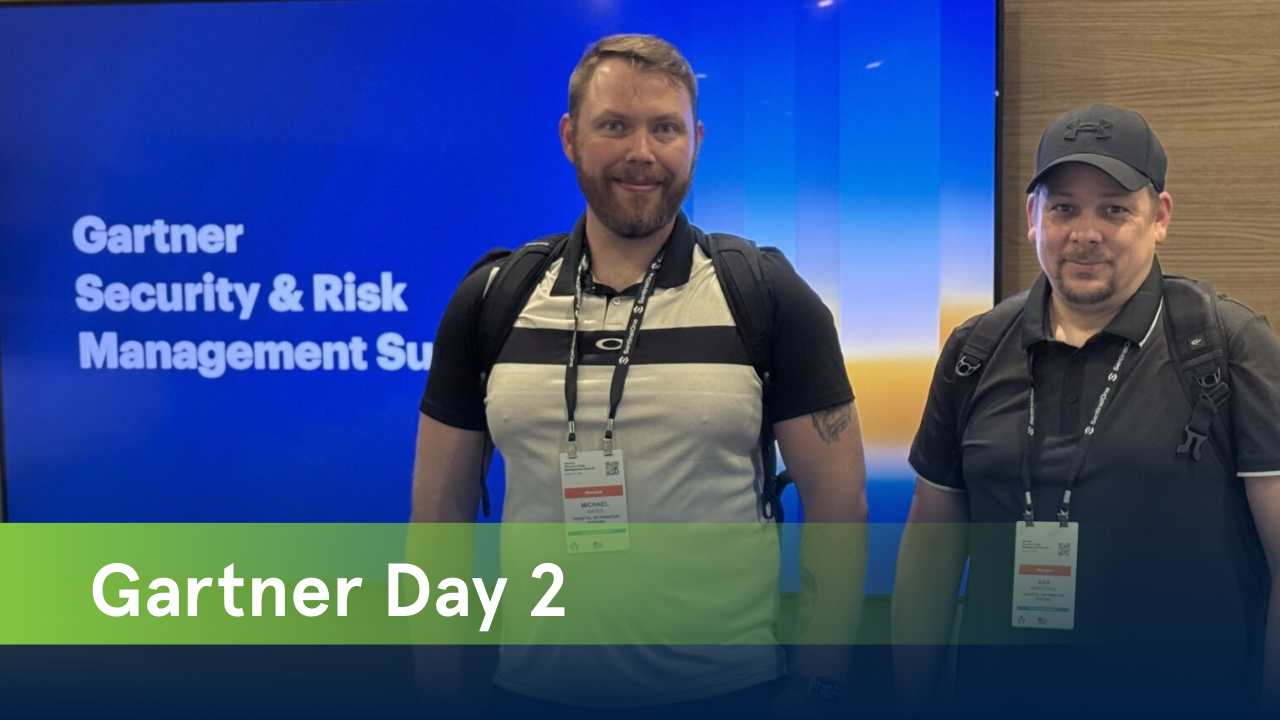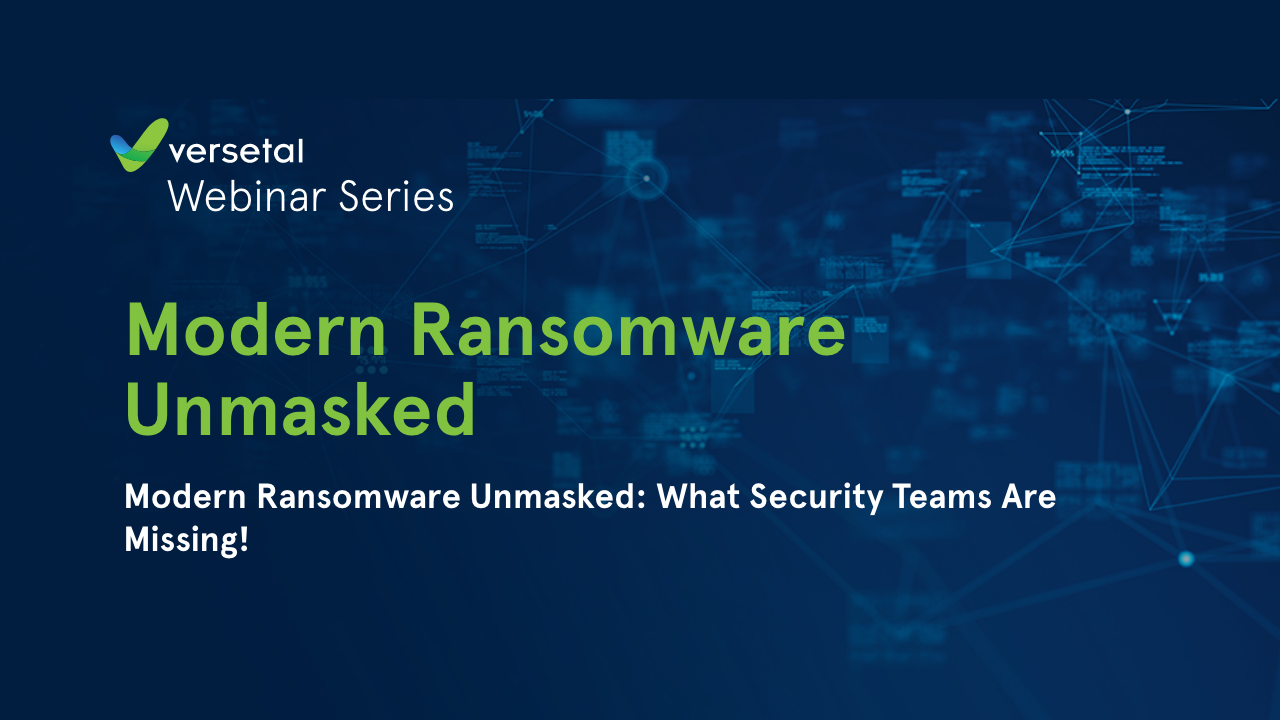As the Gartner Security & Risk Management Summit comes to a close, we’re reflecting on the themes that echoed across every session: AI’s evolving role, the illusion of readiness, and why leadership, not tooling, will define the future of cybersecurity.
Learn how Versetal can help you with your IT Ops


